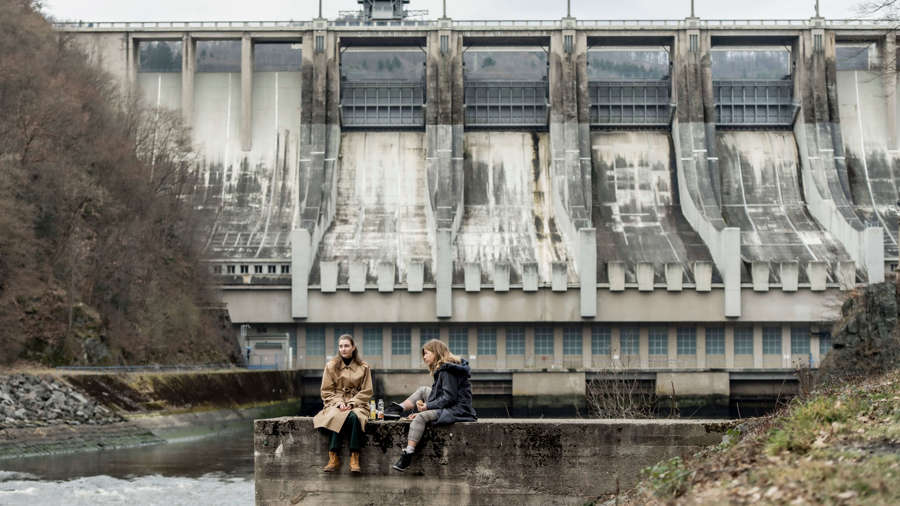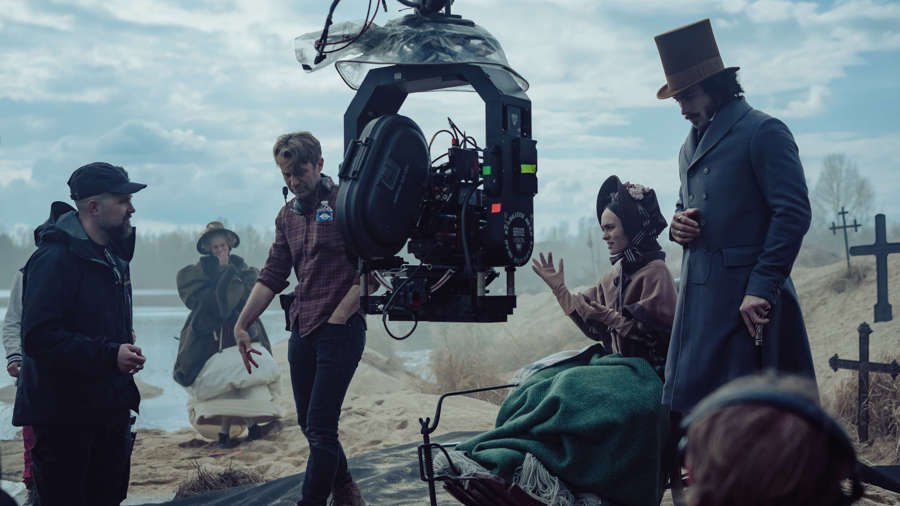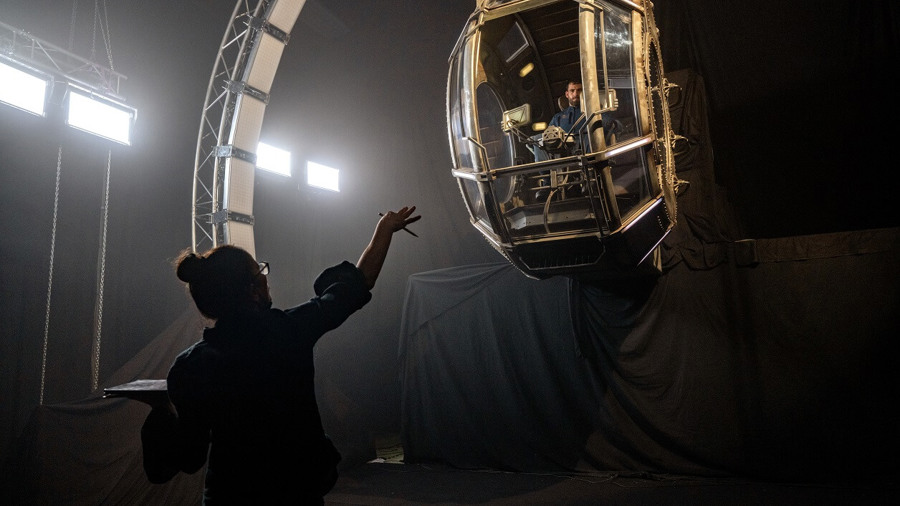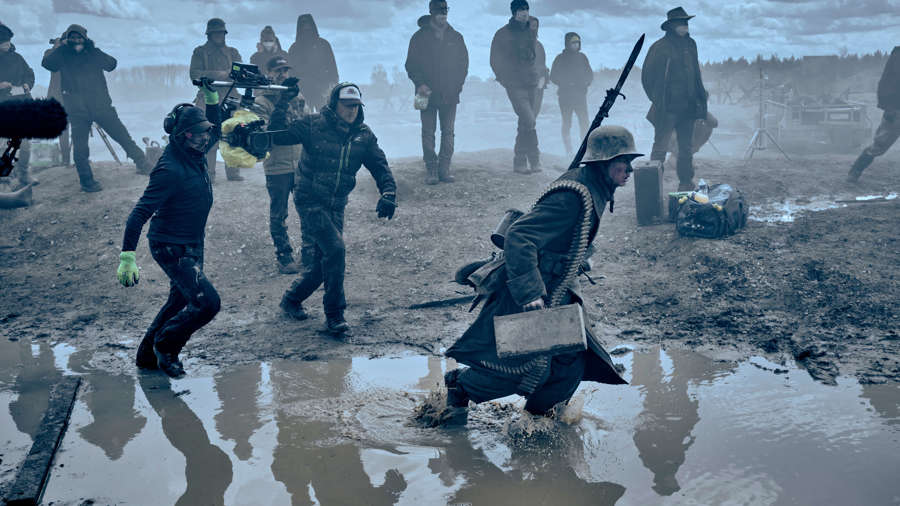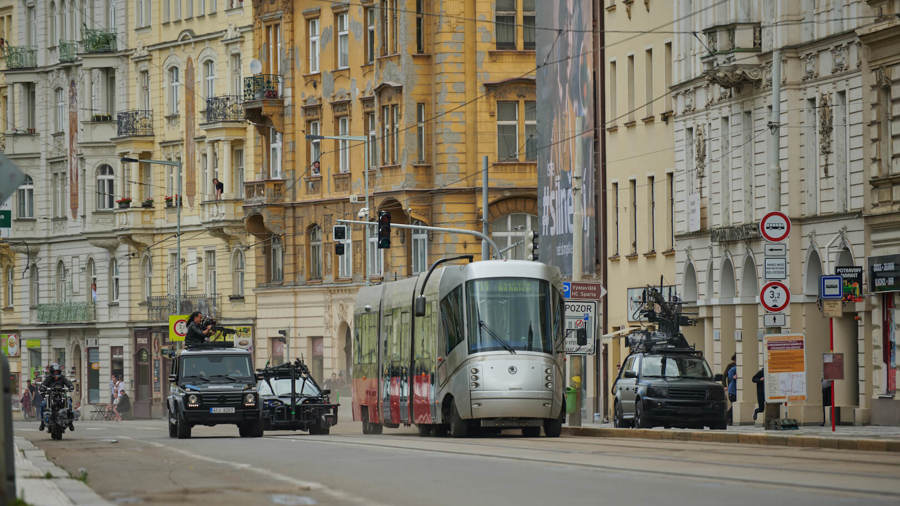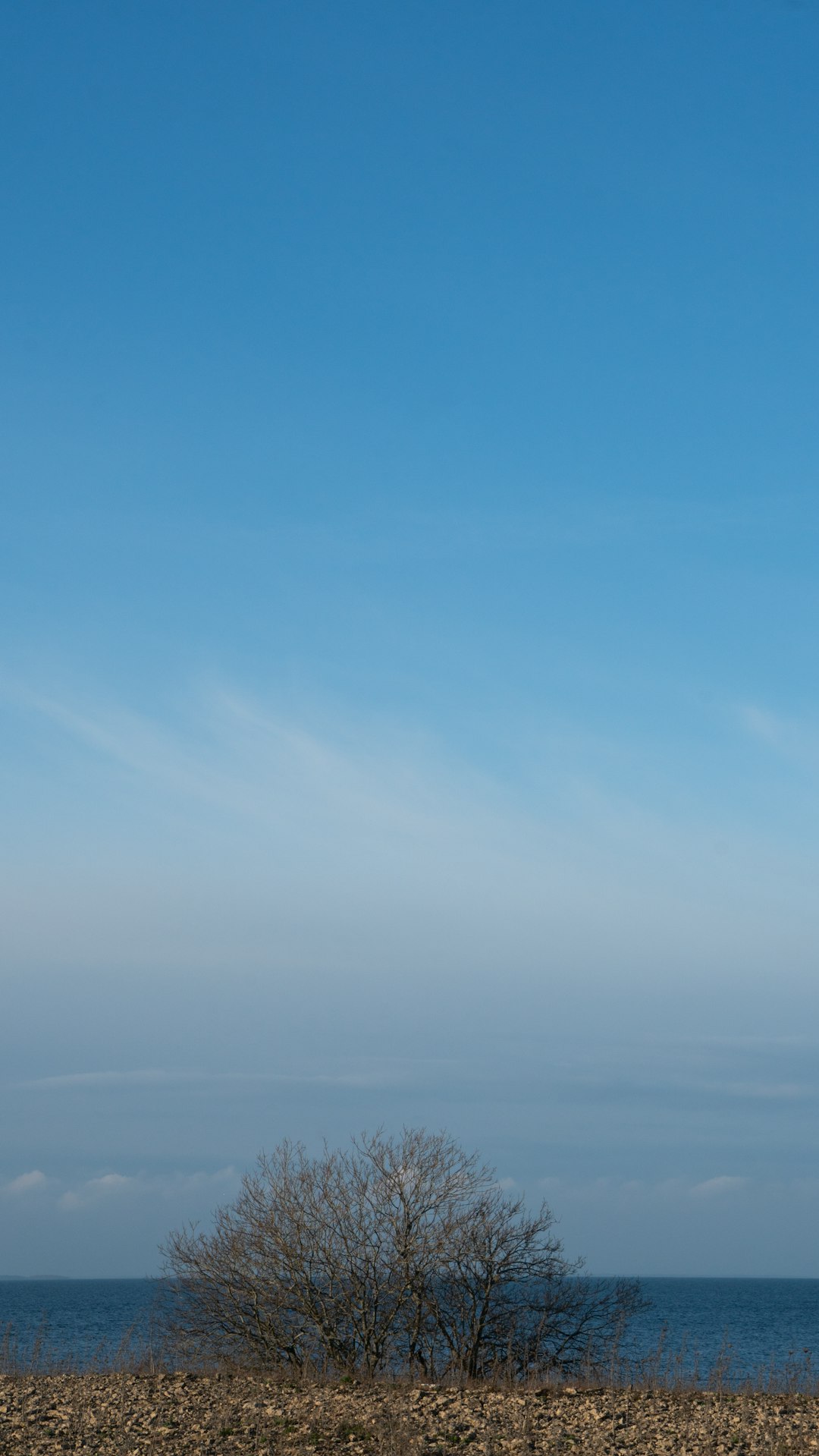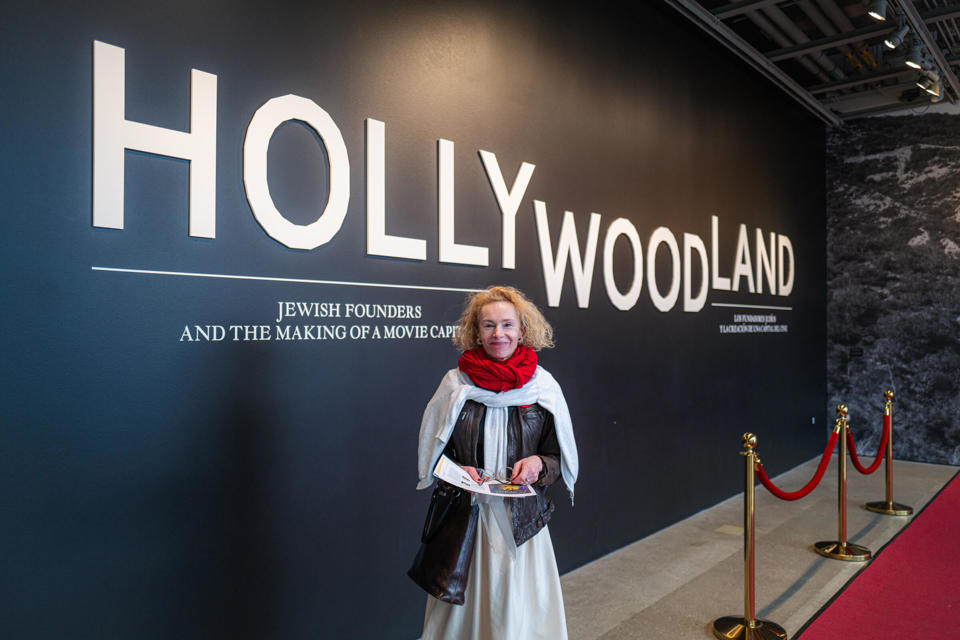
Česká republika. Skvělé místo k návštěvě.
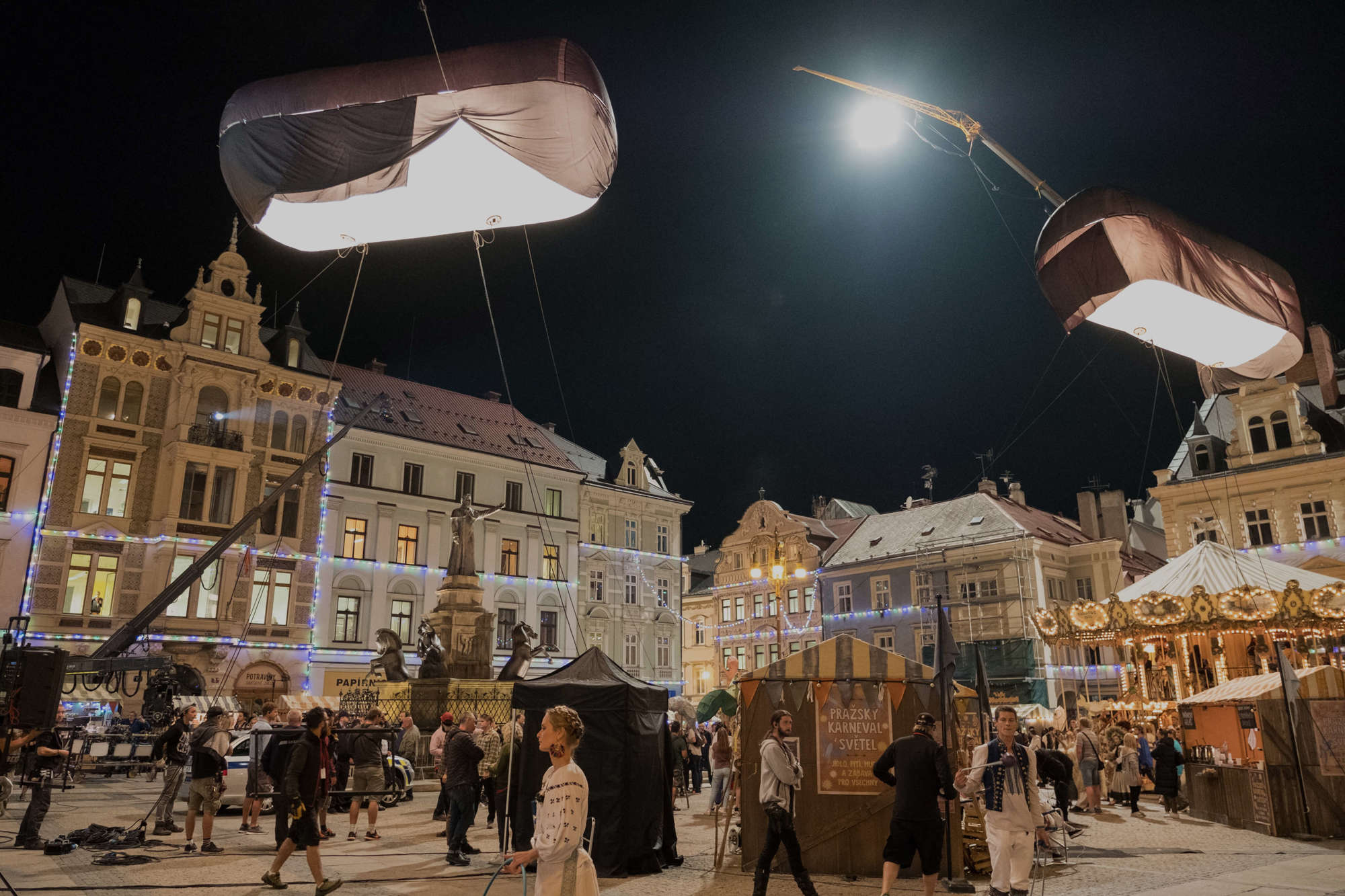
Získejte pro projekt filmovou pobídku
Až do výše 35 % z nákladů utracených při audiovizuální produkci.
Vyberte si místa, kde budete natáčet
Fotogenické lokace, které zahrají různé země, města i století.
Najděte zkušené spolupracovníky
Od produkcí přes členy štábu až po dodavatele techniky a služeb.
Czech Film Commission
Komplexní zdroj informací o natáčení v ČR
Jsme oddělení Státního fondu audiovize a už od roku 2004 pomáháme zahraničním filmařům zorientovat se ve všech možnostech a příležitostech natáčení v České republice.
Poskytujeme informace o lokacích a financování, zprostředkováváme kontakty s místními profesionály, zajišťujeme podporu při komunikaci s úřady a mnoho dalšího.
Každý rok se tu natočí desítky zahraničních filmů, seriálů a dalších audiovizuálních děl
Při natáčení v regionech vám mohou asistovat regionální filmoví komisaři
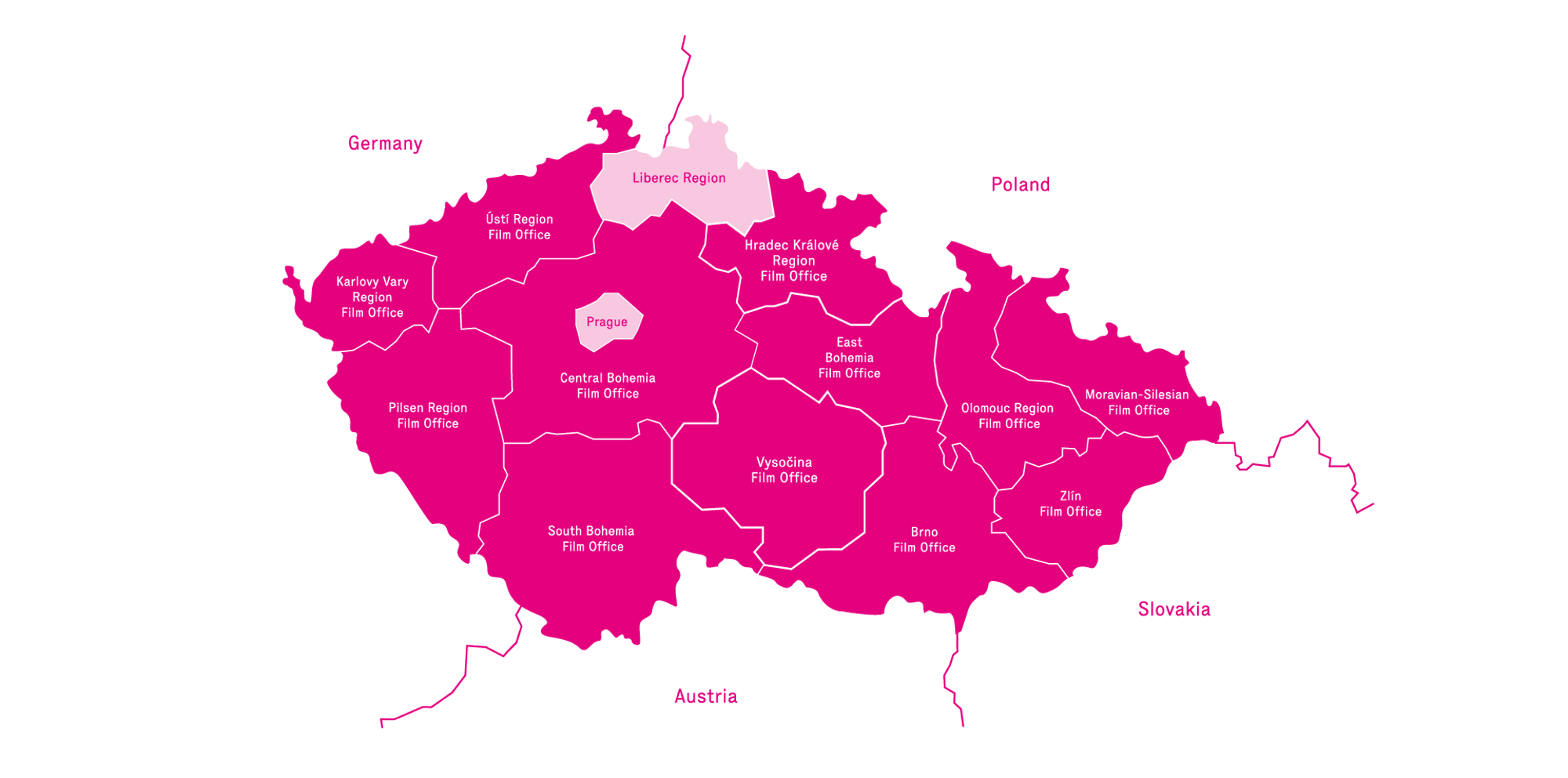
V České republice najdete zázemí světové úrovně za příznivé ceny
Seznamte se se všemi výhodami a hned budete mít jasno.
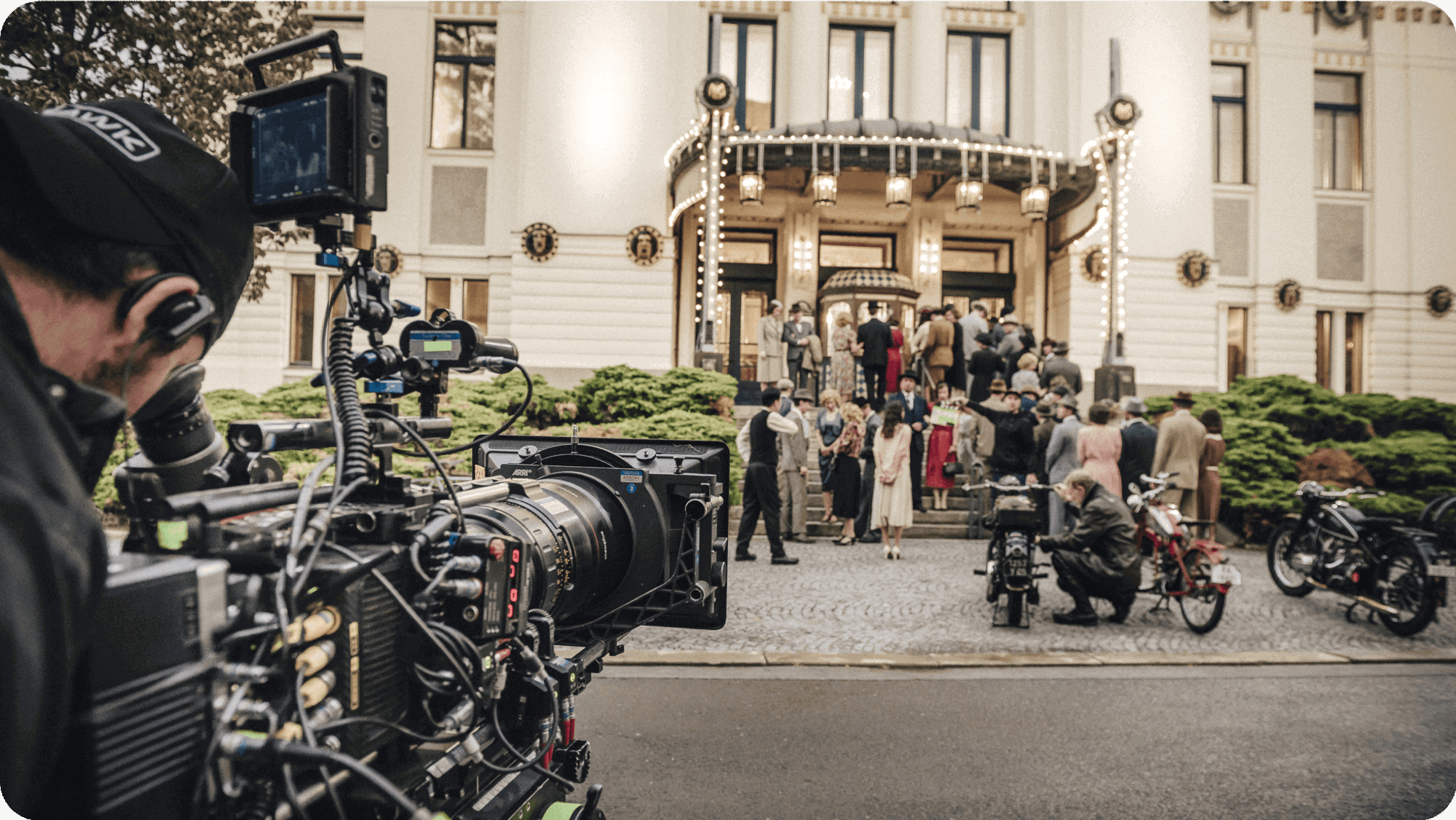
Státní fond audiovize
Podporuje české filmy, filmaře a příliv zahraničních filmových investic.

Oddělení Czech Film Commission
Poskytuje nejen zahraničním filmařům komplexní informace o českém audiovizuálním průmyslu a představuje ČR jako atraktivní filmovou destinaci směrem do zahraničí.
Zde jste

Oddělení Czech Film Center
Propaguje českou filmovou tvorbu v zahraničí. Pomáhá tvůrcům s účastí na festivalech a s hledáním zahraničních koprodukčních partnerů.


